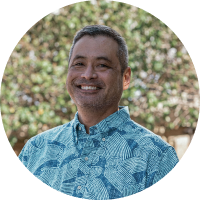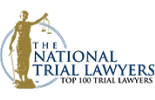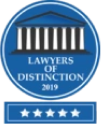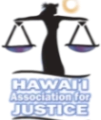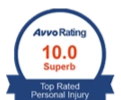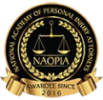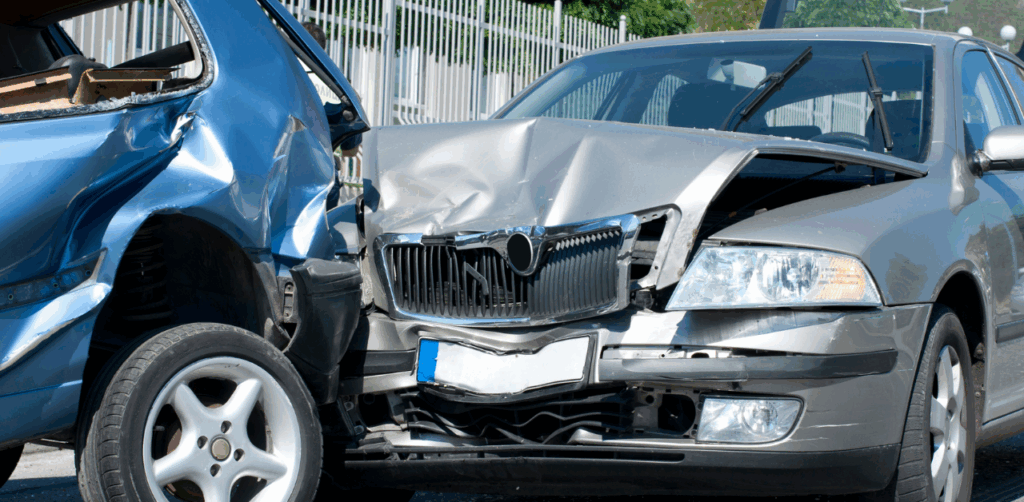
When you’re involved in a car crash, the moments afterward are often confusing. However, one of the smartest things you can do if you’re physically able is to take clear, detailed photos. These photos can protect your legal rights and help your injury claim later. Visual evidence helps tell the story of what happened at the car accident scene, who may have been at fault, and the severity of the impact.
At Recovery Law Center, we’ve helped accident victims in Hawaii recover after accidents. One thing we always advise: take pictures before anything is moved. The crash scene won’t stay the same for long. If possible, capture key details while they’re still fresh. These images serve as crucial evidence that helps you seek maximum compensation.
Our experienced Honolulu car accident attorneys at the Recovery Law Center are always available to answer questions you have about accident photos and any other aspect of your case. Simply call us or contact us online now to schedule a free consultation.
How Recovery Law Center Uses Crash Scene Photos to Build Strong Claims
At Recovery Law Center, we use crash scene photos as part of a complete legal strategy. These images help us understand what happened and give us tools to defend our version of events. We often see cases where the insurance company denies fault or lowballs a settlement. Strong photographs push back against those tactics.
If you’ve taken pictures of vehicle damage, other debris, or skid marks, we can use them to show what happened before and after the accident occurred. Photos of traffic signals, stop signs, or the surrounding area can support your description of the crash.
Some clients bring us high-resolution images of the car accident scene. Others only have a few shots. Either way, we help organize the evidence and prepare a solid accident claim. We also recommend saving photos in multiple places since they can be automatically stored and later lost.
Your first meeting with us is a free consultation. Bring your photos. We’ll review them, explain your rights, and guide you through the next steps to seek compensation.
Why Visual Evidence Is Often the Strongest Proof You Can Collect
Photos don’t lie. In personal injury cases, strong visual evidence can hold more weight than memory or even witness statements. After an auto accident, the scene changes fast. Vehicles are moved. Debris is cleaned. The weather may shift. But a well-timed photo captures the moment forever.
Crash scene photos can show the location of the vehicles involved and how far they moved on impact. They may show tire marks, damaged guardrails, or other signs of impact. These details help lawyers and insurance companies determine what actually happened.
Sometimes, the photos help clarify a conflict. One driver may say the accident occurred in a certain way, but pictures of traffic signals or vehicle damage may say otherwise. Close-ups of broken glass, bent metal, or airbag deployment often reveal more than words can describe.
Taking photographs also supports your injury claim. For example, a photo of your bruised arm or bleeding cut can help link visible injuries to the accident. The more photos you take, the stronger your case becomes.
What to Photograph After a Car Accident: A Step-by-Step Guide
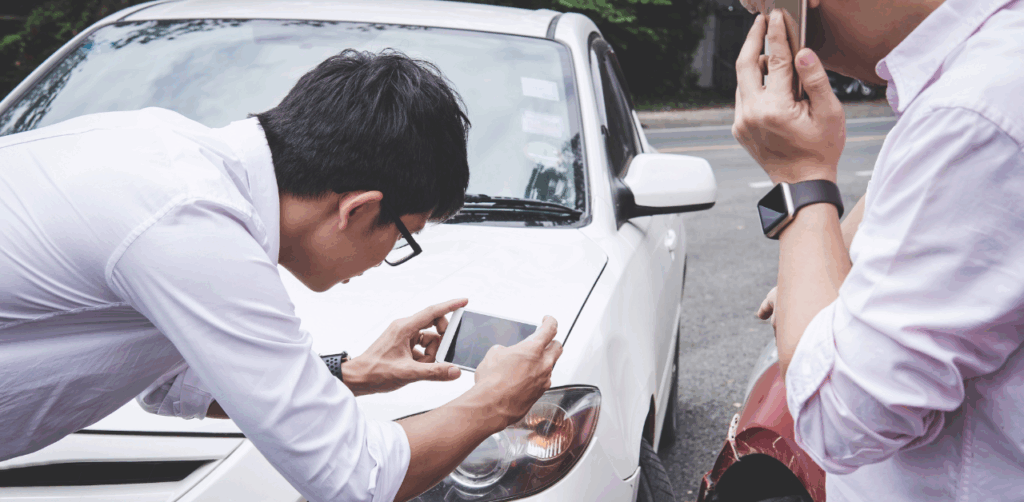
Taking pictures after a crash may not be the first thing on your mind. But it’s one of the best things you can do for your legal case.
- Start with wide shots to show the entire accident scene. Then, move closer to capture more detail. Photograph all vehicles involved. Get license plates, dents, scratches, and any broken glass or vehicle parts. Take various angles to show different types of damage sustained.
- Then, document the surrounding area. This includes stop signs, traffic lights, street signs, and any other contributing factors. Also, look for skid marks, other debris, or anything that might have contributed to the crash.
- If you’re able, take photos of any visible injuries. These support your personal injury claims and can later help show the need for medical treatment or long-term care.
Don’t forget small but important details, such as road conditions, weather, and time of day. Photos showing shadows or wet pavement influence how the crash is understood. Each image you take becomes a piece of the story that helps determine liability.
Timing Matters: Take Photos Quickly and Be Thorough
After a crash, time works against you. Skid marks fade. Vehicles get towed. People leave. That’s why it’s essential to act quickly and begin taking pictures immediately. If you wait, you may lose the chance to capture valuable evidence.
If the accident occurred in a busy area, you only have minutes before things are moved. Even small details, such as a turned wheel or a broken mirror, can help prove who caused the crash. One photo might show more than you expect.
Make sure to take photos before police officers begin moving vehicles. Capture the position of each car and any debris nearby. Document the location of each vehicle and try to take photographs of the entire area from different angles.
If you’re too injured to move, ask someone else at the scene to take photos. Even if they only get a few shots, those could be very helpful later. Don’t wait until you’re home or at the repair shop. The best time to preserve evidence is right away—before it’s lost.
Common Mistakes to Avoid When Taking Crash Scene Photos
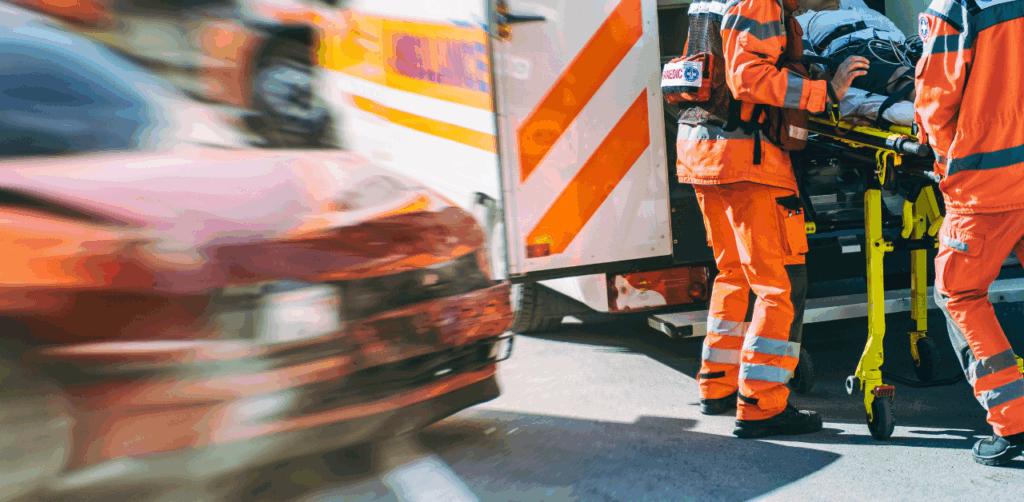
Not all photos are useful. Some might miss important details or fail to tell the full story. To avoid that, there are a few mistakes to watch out for.
- Don’t take only one photo. Get several from different positions. That way, your lawyer can examine various angles and better understand how the crash happened.
- Avoid blurry or low-quality pictures. Use your phone’s high-resolution setting. The clearer the images, the better they’ll help your legal case.
- Don’t forget to photograph the inside of the vehicle. Items moved by the crash, deployed airbags, or blood on a seat may indicate the severity of the impact.
- Don’t focus only on the cars. Also include photos of weather conditions, traffic signals, and road signs. The surroundings might show contributing factors that led to the crash.
Finally, store the images safely. Many phones automatically store photos in the cloud or an app. Make sure you can access them later when it’s time to provide evidence.
Other Supporting Evidence That Complements Your Photos
Photos are powerful, but your claim is even stronger when paired with other evidence. One of the first things your lawyer will ask for is documentation to support your accident story.
Start with your medical treatment records. These connect your injuries sustained to the crash. Police reports also provide details about when the accident occurred and what was documented at the scene.
Witness statements are also valuable. If someone witnessed the crash, their account can support yours. When paired with crash scene photos, it helps provide a full picture of events leading up to and after the crash.
Include copies of vehicle repair estimates, medical bills, and records showing time missed from work. All of these help prove the damages you suffered.
Photos help organize all of this. They show the scene, the people involved, the damage, and more. Together, this evidence strengthens your legal case and improves your chances of seeking fair compensation.
How Photos Help Determine Fault and Strengthen Your Legal Claim
When it comes to auto accidents, proving who is at fault can be tricky. But crash scene photos often give your lawyer the proof needed to show who caused the crash.
For example, a photo showing a stop sign hidden behind a tree may explain why someone failed to stop. A picture of a damaged bumper and dented door may help prove the angle of impact. These details help determine liability and build a stronger case for personal injury.
In personal injury claims, every image adds context. Pictures of visible injuries show how serious the crash was. Photos of vehicle damage help support repair estimates. And pictures of skid marks or broken glass can indicate how fast a car was traveling or how severe the crash was.
All of this evidence makes your accident claim more convincing. With photos, you’re not just telling your side of the story—you’re showing it. This is what turns a regular claim into one that gets results.
Get Legal Help From an Experienced Car Accident Lawyer in Honolulu Now
If you have been injured in a car accident, we hope you now understand the importance of taking photos. You should also have a general understanding of what types of photos are relevant to your claim.
If you have questions about accident photos or would like to discuss your case for free, please call our Honolulu personal injury attorneys. We are ready to review your accident, discuss your legal options, and develop a strategy for pursuing maximum compensation on your behalf.
Contact us now to schedule your free and confidential legal consultation.



